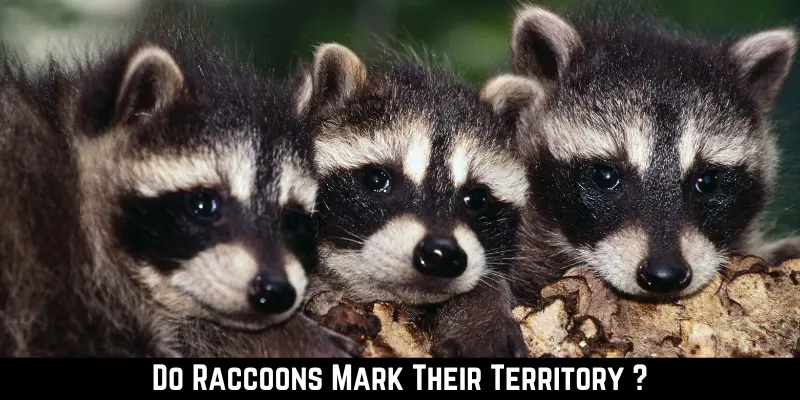Raccoons might look like cute little furry animals but can create a lot of destruction. Raccoons are mammals, classified under the omnivorous group of animals; they can eat and plant and meat. Typically, raccoons hunt for food at night. Their males are slightly larger than females. Female raccoons go out in search of food for kits at night.
Raccoons are aggressive animals and, they do prefer marking their territory. However, they do not stick to one place for a long time. Compared to other animals, raccoons are relatively cleaner.
Raccoons will use one area or property for latrine purposes until it is full of waste. Then they move to another one. Raccoons do have a distinct anal smell from which they mark their territory.
As raccoons are aggressive, they usually do not respect other animals living areas and can use their space as latrines. They might claim your backyard as their territory. So, to answer your question, do raccoons mark their territory? Unfortunately, they do.
Significance Of Territory Marking for Raccoons
Raccoons engage among themselves by leaving odors behind them. The most common scent that raccoons use to mark territory is anogenital. The scent-marking behavior among raccoons is used as a communication method to find resources like food or mate.
Raccoons typically use the same place for defecation. Once the territory for latrine is marked by one raccoon other eventually follows it. Raccoons typically use one commonplace as a latrine.
Raccoon marks and identifies the territory through the smell. The scent left by raccoons is known as a calling card. The calling card means that the raccoon is marking, its identification behind it. Letting others know that it has been there.
Raccoons have a strong sense of smell by which they can identify the territories left by other raccoons. It can also recognize the presence of another animal in its area.
Types of Territory Marking For Raccoons
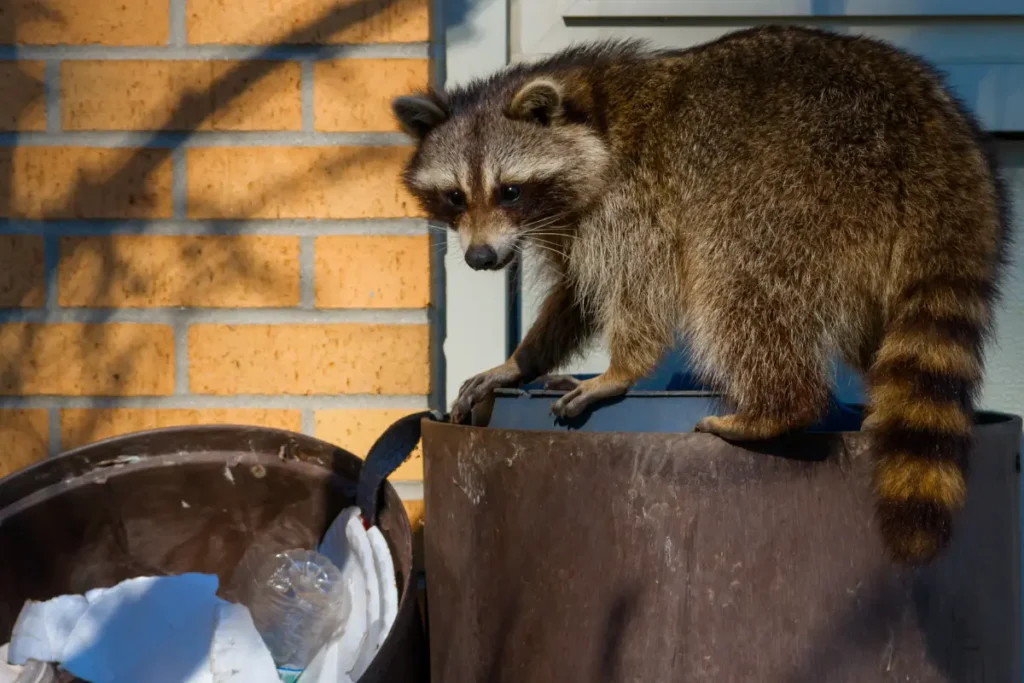
Raccoons mark their territory by anal rubbing. Raccoons have paired anal glands, which they use for defecation and marking their territory. The raccoon rubs their anal gland to claim the place.
This behavior of marking territory is a method for raccoons to stay informed of their surroundings.
Raccoons first sniff the site that they want to mark theirs and, then it will squat and press their behind into that area. After that, it will take two to three anal rubs.
Finally, it will sniff that area to confirm the presence of a strong scent. Through this process, raccoons secrete substances with a strong odor. Raccoons also defecate through this process.
Raccoon marks their territory with urine and feces as well. Both of which have a strong scent, which makes a strong impression of the presence of raccoons.
Favorite Territory Marking Places for Raccoons
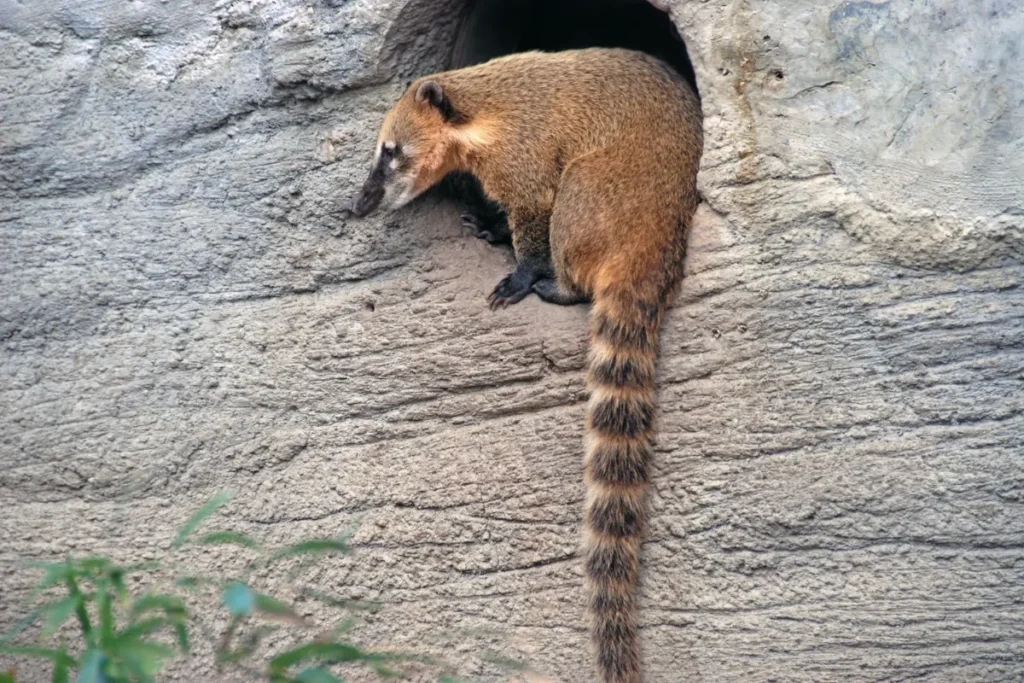
Raccoons can make their territory anywhere they prefer. Typically, raccoons mark the backyards of the houses as their territory. If there is a strong smell coming from your backyard, check it.
If you find poop in many places, it is a high chance you are looking at a raccoon restroom.
Raccoons usually find shelter in wood areas and mark their territory there. Raccoons live in big tree branches, tunnels, caves, abounded houses, stables, car parking, and drains.
A raccoon can co-exist with humans as long as they are left alone.
A raccoon can also mark its territory on the; chimneys, vents, and attics. Often female raccoons make chimneys as their territory to grow the kits.
Why Do Raccoons Mark Their Territory?
Raccoons usually prefer being alone. They mark their territories to keep the other animals away from them. Adult raccoons are more territorial. Therefore, the territories of an adult male raccoon do not overlap with another raccoon’s territory.
During harsh weather conditions especially, during winters, raccoons stay dormant. Technically raccoons do not have hibernating periods. Alternatively, raccoons hunker down inside the dens for a few weeks.
Raccoons are introverts and, they prefer being alone. In summers or better weather conditions, raccoons search for food and a living place.
Raccoons like to live near water bodies. Once they find a suitable living place, they settle there and mark their territory.
Male raccoons usually search for food and mate for ten miles. According to research, male raccoon territory can range from three to twenty square miles, while female raccoon territory is one to six square miles.
The size of a female territory is shorter than a male to keep its kit closer. The raccoons residing in the city have relatively short territories and, they move less in search of food and shelter compared to the raccoons in wild.
Do Raccoons Mark Their Territory With Urine?
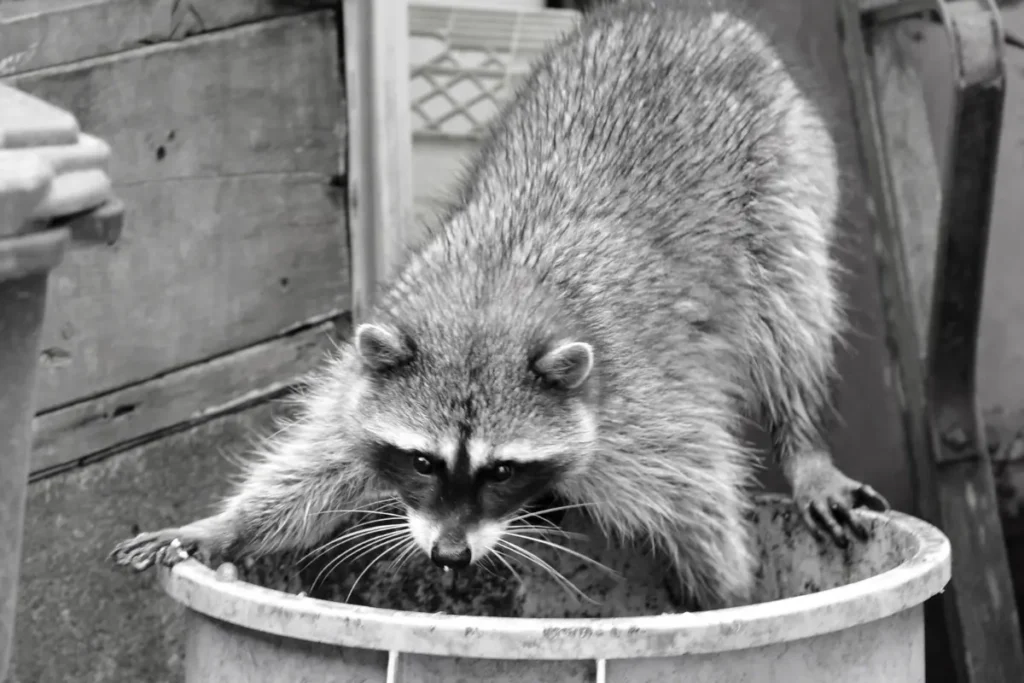
Raccoons commonly use the same place as a latrine those places are labeled raccoon latrines. They urinate and poop in the same place this leaves a strong scent-marking the territory of the raccoons.
Raccoons have olfactory receptors from which they can distinguish the smell of urine, feces, and other bodily chemicals. Studies have shown that raccoons can identify the species based on the scent of urine.
If a raccoon is using your property as a latrine. You must get rid of it. Raccoon urine consists of a bacteria called Leptospirosis, which can cause infections in humans. Leptospirosis can enter the body through open wounds, skin, and mucous membranes.
Do Raccoons Mark Their Territory Like a Cat?
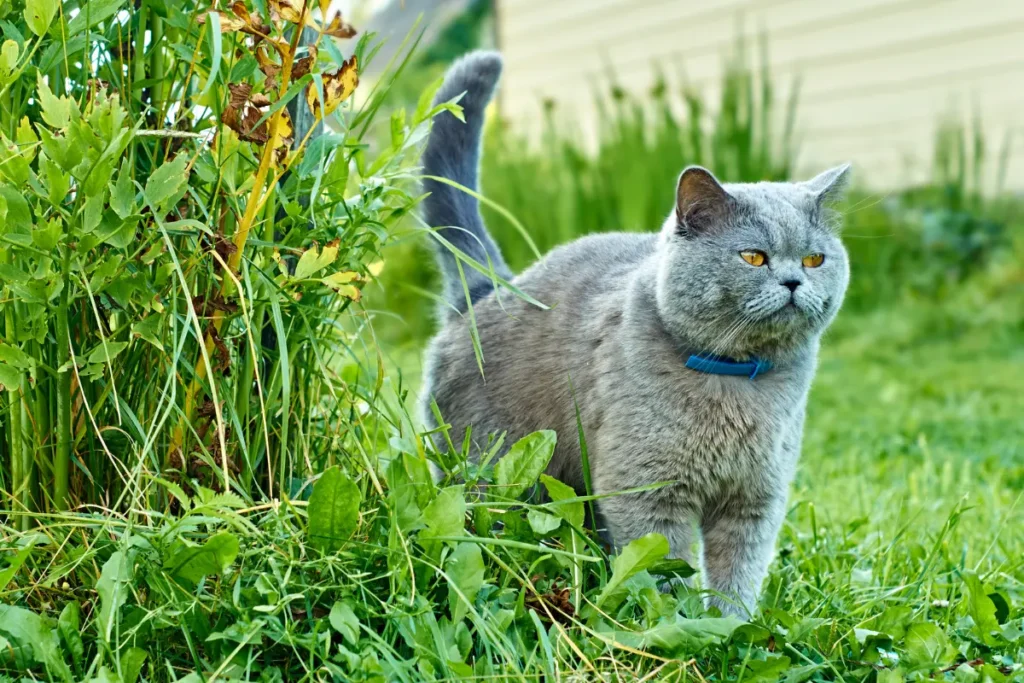
When it comes to territorial behavior raccoons and cats are similar. Raccoons show extreme territorial behavior, especially the female raccoons with kits. Female raccoons are very hostile to their territory to protect kits.
Cats and raccoons both use the common restrooms. Raccoons and cats cannot get along. Possibly a raccoon can kill the cat. Raccoons are larger and are more aggressive.
Do Raccoons Mark Territory With Poop?
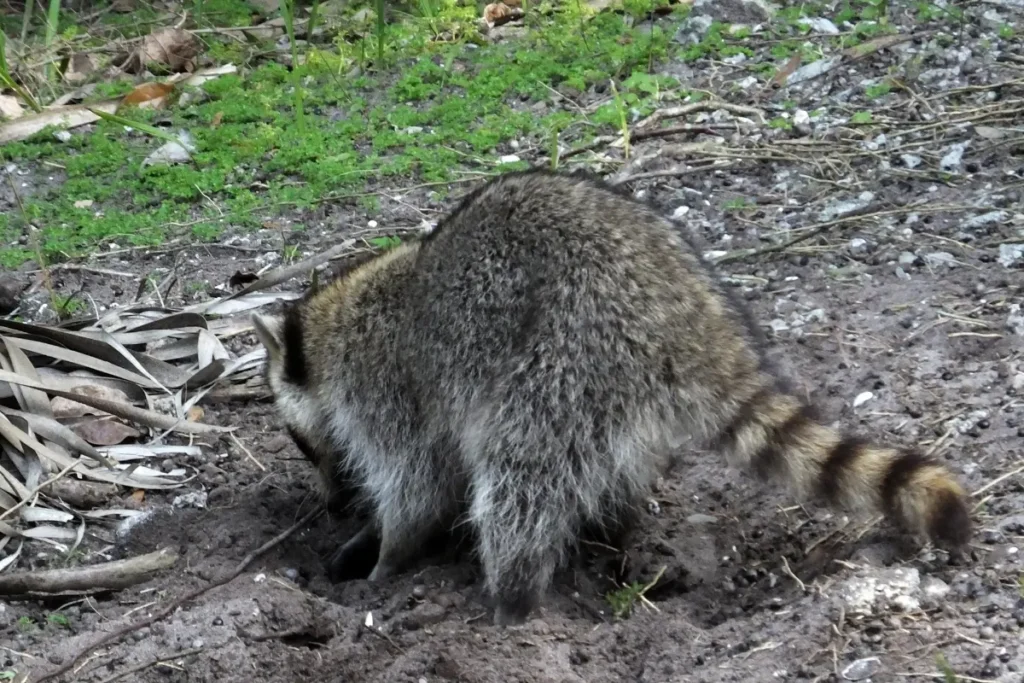
Raccoons mark the territory with feces. When the raccoon finds suitable dry and clean surfaces, it will poop there or mark its territory. Typically, raccoons with overlapping territories use one area for defecation purposes.
The feces of raccoons are similar to the feces of a small dog, but they have a foul and strong smell. It is necessary to get rid of raccoons’ latrine from your surroundings because the feces of raccoons consist of bacteria and viruses that are health hazards for humans.
It sheds roundworm and Baylis Ascaris procyonids in feces.
To get rid of the raccoon latrine: the first step is to spray water on that place. Raccoons prefer dry surfaces so, they probably will not return. If the raccoon still comes back, keep the water hose in your hand and spray it directly on the face of the creature. The water will not hurt them but, it will scare them away for good.
How Territorial Are Raccoons?
Raccoons are fierce and competitive mammals. Female raccoons’ social behavior varies along with age, while adult raccoons keep very restricted territories.
Male raccoons show a more complex attitude towards their territory. The adult male raccoons are aloof and introverted and mark their territory.
Adult raccoons avoid invading each other’s territories. Though, sometimes their territories might overlap. Raccoons living in one area with overlapping territory can share the same restroom.
Plus, raccoons do move in the group at night but, they show extremely cruel behavior if any other animal crosses their territory.
Conclusion
Raccoons are territorial animals and, they mark their territory by rubbing their anal glands on the place they like. They claim their territory through scents released from the body through bodily matter including, feces and urine.
Raccoons have a sharp sense of smell which helps them in identifying territories. Raccoons can live along with the humans and, they can mark houses with the residents as their territories as well.
It is essential to get rid of raccoons living on the property along with you as they release toxins from their urine and feces. To remove raccoons’ territory, you can call animal control.
References
Raccoons Territory. Journal of Mammalogy
Raccoons mark their territory. Journal of Wildlife Diseases
